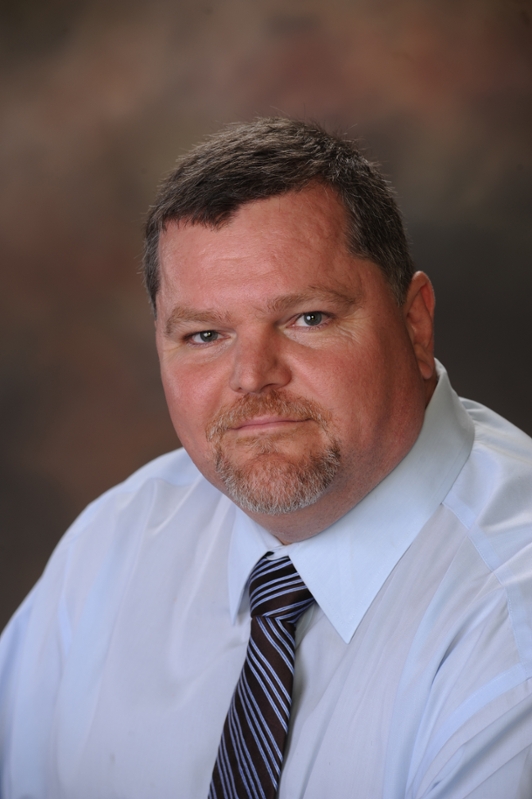'War Eagle' laser incorporates Auburn fight song into metal 3-D printing
Published: Sep 3, 2021 9:00 AM
By Jeremy Henderson
Auburn engineers' knack for incorporating the school's fight song into their research seems never to yield.
In 2019, Tim Arnold, '94 industrial engineering, made headlines for transforming a section of South Donahue Drive into a "musical road" that produces a frequency corresponding to the first seven notes of Auburn University's fight song when traversed at 35 mph.
The latest example? A laser powder bed fusion rendition of "War Eagle" performed by Ralf Fischer and Alana MacLachlan, both graduate research assistants in the Department of Materials Engineering.
"We built a custom laser powder bed fusion machine for our research, and you can modulate the laser to produce specific frequencies," Fischer said. "We decided to play around with it for a little bit."
Laser powder bed fusion is one of several methods for additively manufacturing metal parts, a process Fischer, who hails from Kamp-Lintfort, Germany, is studying under Bart Prorok, interim program chair for the Department of Materials Engineering. One of the many tools at Fischer's disposal is a $1.5 million customized digital radiology vault that allows researchers to conduct three-dimensional, non-destructive interrogation of metal parts — such as the custom laser powder bed fusion machine Fischer used to engineer the Wilmore Laboratories pep rally.
“With the machine Ralf built, the laser is pulsed while all other systems use a continuous laser,” Prorok said. “The pulsed laser enables significantly more control over the melting and solidification behavior of the metal. Once we demonstrate that we can print just as well, if not better, with the pulsed laser, we intend to employ the X-Ray CT system for in-situ imaging of the machine’s melt pool dynamics.”
As for the machine’s musical properties?
“I hadn’t even thought of that,” Prorok said. “I can’t take any credit at all. That’s all Ralf and Alana. But we will certainly investigate whether the fight song’s notes are useful for metal printing.”
Fischer said that tuning the laser to the fight song took only half an hour thanks to help from MacLachlan, a native of Saskatoon, Canada, who in addition to her advanced nanomaterials research is an accomplished cellist. She currently performs with the Auburn Community Orchestra and will wield the bow in the pit for the Auburn University Department of Theatre’s November production of “Spring Awakening.”
“Ralf found the sheet music for the fight song and we just matched the laser’s frequency to the notes,” MacLachlan said. “The War Eagle Road is there, so this just seemed like something fun to do.”
Media Contact: , jdh0123@auburn.edu, 334-844-3591


